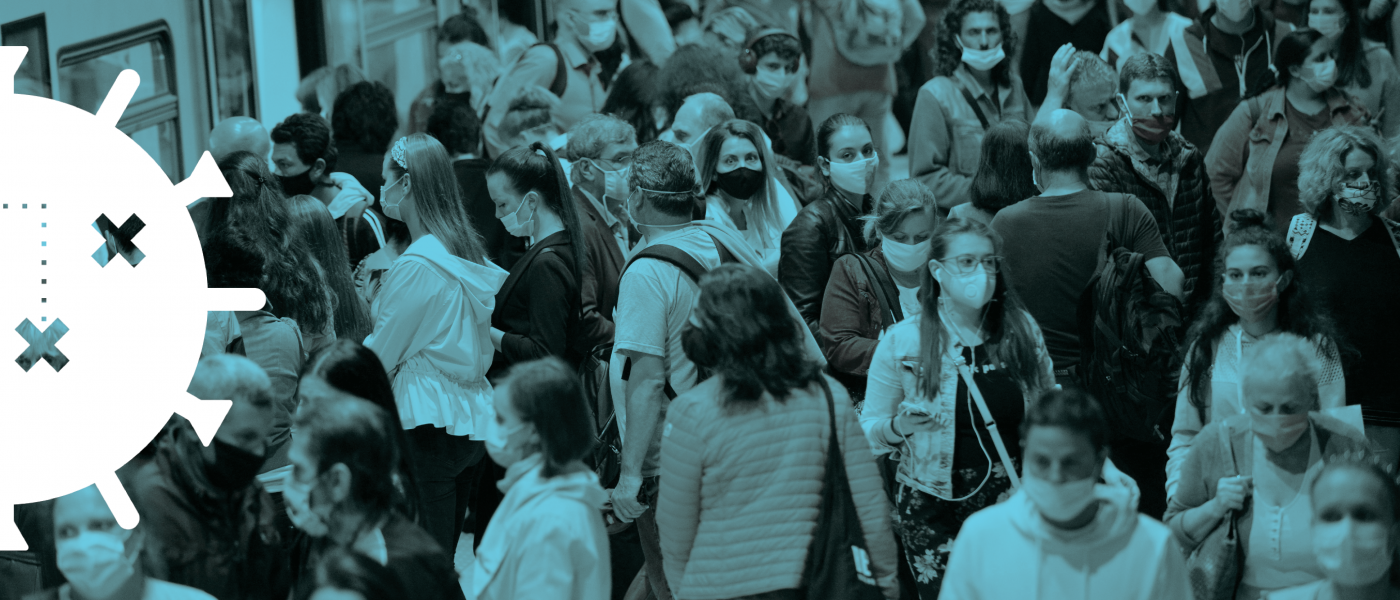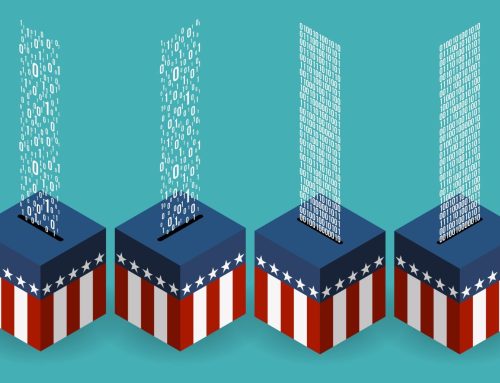Summary
As the coronavirus pandemic has spread around the world, authoritarian actors have engaged in robust information-manipulation campaigns. China—where the virus originated and spread due to the government’s initial cover up and mismanagement—became the champion of these efforts. Iran and, to a lesser extent, Russia, followed its lead, seeking to shift the global conversation from China’s and their own failures to confront the disease head on. They have also tried to place the blame to the United States and Europe, portraying these democracies’ responses as inadequate and highlighting their shortcomings. Their efforts have contributed to a coronavirus infodemic, which the World Health Organization has defined as “an over-abundance of information – some accurate and some not – that makes it hard for people to find trustworthy sources and reliable guidance when they need it.” This infodemic has fueled the ongoing public-health crisis by further undermining trust in democratic institutions, the independent press, and facts and data.
The coronavirus infodemic is likely to continue to evolve, given that the fight against the pandemic is far from over, but its contours have already been drawn, making it possible to assess the information-manipulation efforts undertaken by malign actors during the last months. Understanding how and why they have engaged in information manipulation leads to an initial set of recommendations on how to contain the infodemic as well as how to prevent similar efforts that could stymie responses to future public-health pandemics. We identify five messaging frames used by China, Russia, and Iran in the first six months of the pandemic with implications for public health, democracy and governance, and transatlantic relations and offer recommendations to address them.
Every crisis goes through several stages, and it is necessary to detect and monitor evolving tactics and frames used by malign actors in the globalizing information space early on. By doing so, democracies can ensure a more effective mitigation, robust preparedness, rapid response, and as painless a recovery as possible when facing public-health emergencies or potential economic, security, or environmental crises.
Introduction
A coronavirus infodemic has accompanied the pandemic from the outset. The virus, which originated in China in 2019, was spreading globally by early 2020. It propagated faster than accurate and timely information about its origin, cure, ways of transmission, prevention methods, and protective measures. Around the world, the initial response to the pandemic—including communication around it—could and should have been more efficient and forceful. And virtually all countries affected by the virus should have been able to mitigate the negative effects of the simultaneous infodemic in a timely and effective manner. But as the disease spread, the infodemic propagated with it, and while some governments scrambled to counter falsehoods and conspiracy theories, others were actively involved in spreading more of these.
The initial response of the Chinese authorities to the news of the outbreak of the pandemic was to focus on the political consequences and optics of the emerging crisis, rather than on public health. When public-health experts and medical doctors tried to ring the alarm bells about several individuals contracting the virus in Wuhan, they were summoned for spreading “rumors” and detained. The state-run Xinhua News Agency published a Wuhan police warning to China’s health workers and other potential whistleblowers: “The police call on all netizens to not fabricate rumors, not spread rumors, not believe rumors.” As a Washington Post report put it, the “authorities cracked down [as] the outbreak was quickly worsening amid an information vacuum.”
As China’s government understood well, an information void creates an opportunity to intervene in discourse through manipulated narratives that can shape public opinion in one’s favor or to suppress information. Using manipulated information and framing tactics allowed it to promote information that was to its advantage and to leave out less convenient, potentially harmful, or critical facts. As the pandemic claimed hundreds of thousands of lives and inflicted economic damage across the world, the Chinese information-manipulation efforts propagated with it. Beijing deployed the full force of the state’s media apparatus and social-media presence to lead a global authoritarian effort aimed at changing and framing the conversation around the coronavirus, contributing to information chaos and undermining democracy.
Like China, Iran politicized its public-health crisis, covered up the scale of the problem, and dragged its feet in formulating and implementing a response to the spread of the disease. As two medical professionals who had previously worked in the Iran wrote, the failure to react efficiently to the spread of coronavirus was not due to the lack of an adequate healthcare system, the country having one of the best in its region. Instead, the lack of sufficient preparation due to the denial of the scale and likely impact of the disease, the politicization of the issue, and the decision to put optics over medical needs led to the regime’s botched response. The responses by China and Iran to the coronavirus were an early warning to other nations that politicizing the public-health crisis would stymie the response to it.
Later, Russia also became an epicenter for the disease and followed in China and Iran’s footsteps by downplaying the scale of it and pushing back on experts’ warnings. Among the key challenges stymying the Russian response to the coronavirus were the decision to centralize the health-care system, leading to the closure of many rural hospitals and healthcare centers, as well as the shortage of equipment. Some reporting has raised questions about possible manipulation of the death statistics; as was the case in Iran, the authorities appear to have omitted coronavirus deaths from their records. Moreover, under the guise of cracking down on “fake news”, the Russian government has targeted healthcare professionals, public-health experts, and journalists providing information deemed negative, a common authoritarian tactic to suppress inconvenient information.
Authoritarian actors are not the only ones advancing conspiracy theories and spreading inaccurate information about the coronavirus. Political and public figures, media personalities, and other actors on social media have all contributed to the infodemic. But authoritarian regimes have also used this environment to advance their own objectives, chief among them to erode public trust in democracy and to present their own systems as superior to those championed by the United States and its European allies.
The Alliance for Securing Democracy’s “Authoritarian Interference Tracker” defines information manipulation as the coordinated use of social or traditional media to manipulate and influence public debate by deliberately spreading or amplifying information that is false, misleading, or distorted, and/or engaging in deceptive practices like masking or misrepresenting the provenance or intent of content, and/or intentionally suppressing information.
In addition to trying to rehabilitate their own images, actors like China and Iran were also pursuing three key objectives—leveraging tensions, widening the gap between the United States and Europe, and undermining the democracies’ capacity to tackle the pandemic in a coordinated manner—through framing and reframing public discourse. As George Lakoff put it in his book, Don’t think of an Elephant, frames are mental structures that shape the way we see the world. As a result, they shape the goals we seek, the plans we make, the way we act, and what counts as a good or bad outcome of our actions.
Thus far these regimes have employed five main messaging frames worldwide to shape public discourse on coronavirus. These seek to rehabilitate the regimes’ images, seed doubt about the virus’ origins, shift the blame, highlight failures in democracies, and promote authoritarianism.
Successful framing and reframing changes perceptions, allowing authoritarian actors to influence not only public opinion but also the responses to the crisis formulated by their rivals and counterparts. The implications go beyond the crisis whose course they are designed to influence, however, and the regular political, economic, and even military efforts of these actors’ partners and rivals can also be affected. Democracies may see the negation of the frames as a relatively easy way to address the challenge. However, doing so often involves evoking the frame, thus serving to propagate it and even possibly reaffirm it. Research has shown that the more information is repeated, the more it seems true—this “illusory truth effect” holds even for information the recipient knows to be false initially. Democracies need to understand the objectives of authoritarians and the frames they deploy in order to address the challenge they pose effectively and even preemptively. This is best achieved through pro-active, timely and transparent communication and tailored policy responses.
Please click the link to the right to read the rest of the report.






